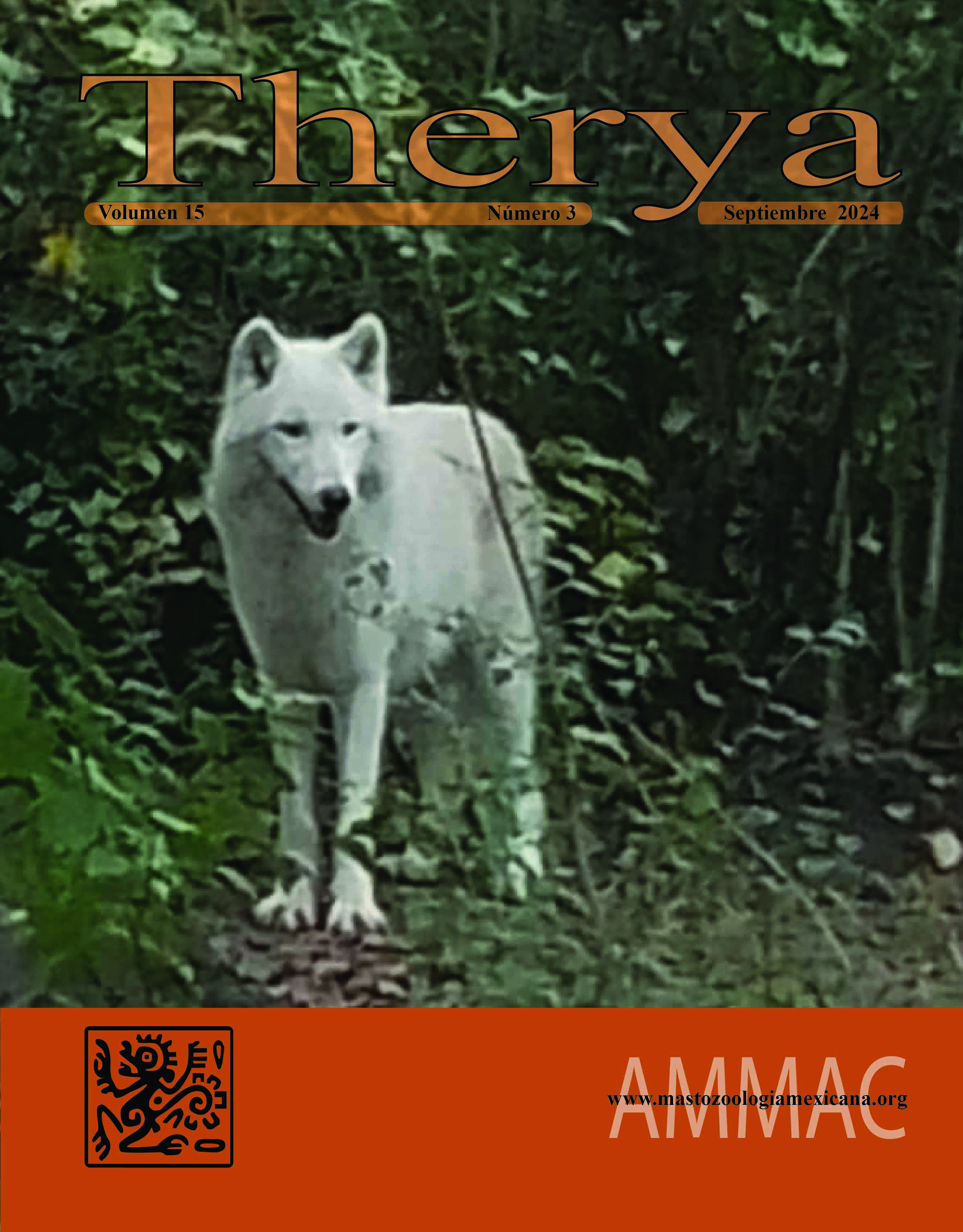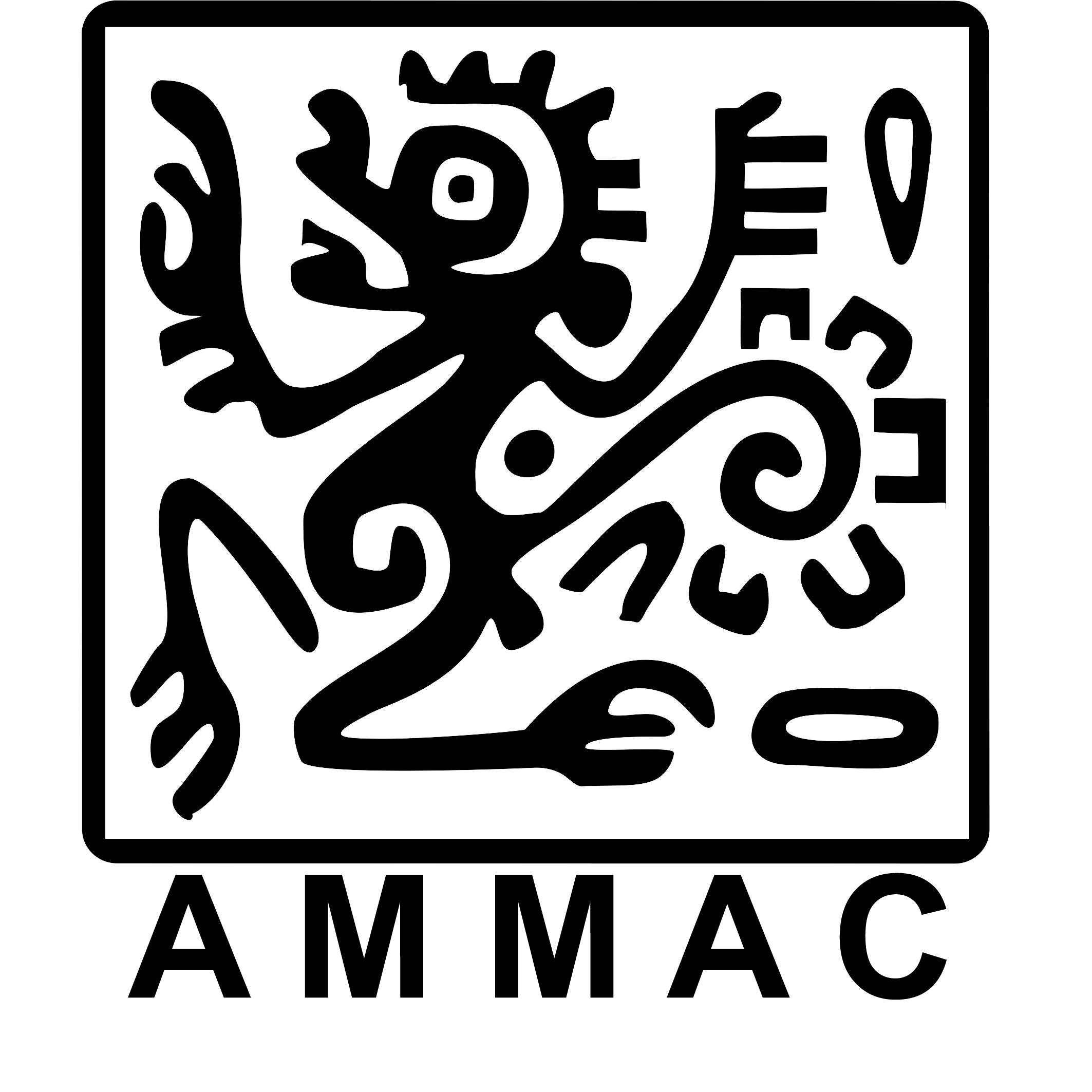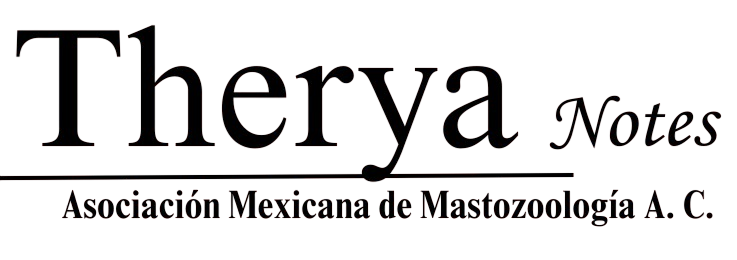Karyotypic variation of molossids Distribution and karyotypic variation of Brazilian molossids (Chiroptera, Mammalia) Distribución y variación cariotípica de molósidos brasileños (Chiroptera, Mammalia)
Distribution and karyotypic variation of Brazilian molossids
Palabras clave:
: Biomas; Brasil; Cariotipo; MolossidaeResumen
Recent biogeographic studies have shown that geographically distant populations of different animal groups, including bats, can present genetic differentiation. Given this, the objective here was to study the composition of Molossidae species that occur in Brazil and investigate whether these species present karyotypic differences between populations from different biomes. A bibliographical survey was carried out, and the karyotypes found for each species were analyzed and compared in relation to the diploid number of chromosomes, the fundamental number of arms of the autosomal chromosomes, the centromeric position, and the presence of other structural chromosomal variations. The results showed that of the 32 species of Molossidae recorded for Brazil, 14 have their karyotypes described. Of these, only nine refer to specimens collected in Brazil. For Molossus molossus, karyotypic variations were observed between the Amazon and the Atlantic Forest, and within the Amazon, in regions separated by the Amazon River. Molossops temminckii showed variations among populations in the state of Minas Gerais. Eumops perotis and Cynomops planirostris also showed differentiation between populations from the Amazon and the Atlantic Forest. Molossus rufus showed variation between populations from the Atlantic Forest and Caatinga. The variations observed were structural in autosomal and sexual chromosomes between different populations. The species Cynomops abrasus, Eumops glaucinus, and Nyctinomops laticaudatus have studies only for the Atlantic Forest region, while Eumops hansae has karyotypic studies only for the Amazon region. This study showed the existence of karyotypic variation between different populations of five species of molossids. Furthermore, it highlighted the need for investment in knowledge of family karyology, which is scarce, with the aim of better understanding aspects of karyotypic evolution in this group.
Descargas
Descargas
Publicado
Cómo citar
Número
Sección
Licencia
La revista THERYA, con base en su política de acceso abierto, permite descargar en forma gratuita el contenido completo de la revista en formato digital. También autoriza al autor a colocar el artículo en el formato publicado por la revista en su sitio web personal, o en un repositorio de acceso abierto, distribuir copias del artículo publicado en formato electrónico o impreso a quien él considere conveniente, y reutilizar parte o la totalidad del artículo en sus artículos o libros futuros, dando los créditos correspondientes. Se utiliza la licencia Creative Commons CC BY-NC-SD. La que se especifica en las publicaciones.










